I moved to the Hawaiian Islands in high school and found myself immediately drawn to the ocean. I spent afternoons snorkeling, identifying fish and getting very excited when I saw a new species. I wanted to show people what I saw underwater, so I began taking pictures.
By Nina Bean
Desirable nudibranch (Scientific ID: Flabellina exoptata)
Long-spine porcupinefish (Scientific ID: Diodon holocanthus)
Kupu in Hawaiian means: “to sprout, grow”
In the summer of 2014, I volunteered for a natural resource conservation and educational non-profit called Kupu. I worked on the Islands of Oʻahu and Kahoʻolawe, conserving and restoring native plant species, while eradicating the invasive species that had completely taken over inland and coastal habitats for native birds.
Laysan Albatross (Scientific ID: Diomedea immutabilis) is a near threatened species according to the International Union for Conservation of Nature (IUCN) Red List of Threatened Species
The back-breaking work made me part of a movement, a part of the younger generation trying to save the earth and all of her animals. The relationship between humans and the environment must be balanced in order to sustain the wellbeing of both; however, to create this balance, someone needs to speak up for the other beings who live here, and I am going to be one of those people. This is one of the reasons I promote my images – nature photography gives animals a voice.
Green Turtle (Scientific ID: Chelonia mydas) is an endangered species according to the International Union for Conservation of Nature (IUCN) Red List of Threatened Species.
Senior Research Project
My high school senior research project was on the topic of shark conservation. I learned about the socio-economic and cultural factors that influence the conservation or extinction of different species. Why are we deciding which animals live or die based off our human-centered value judgements? We don’t have the right, nor the intelligence, to do so and yet people are surprised when the result of our meddling is environmental destruction. So long as people don’t know about our oceans, and aren’t connected to them, conservation and restoration will be a constant battle against the tragedies of our unsustainable “progress”.
Two endangered Hawaiian monk seals (Scientific ID: Neomonachus schauinslandi) basking in the sun. The rope around them designates a portion of the beach that beachgoers are not allowed to cross to allow the peaceful coexistence of both the seal and beachgoer.
Jacques-Yves Cousteau, a pioneer in marine conservation, said, “People protect what they love, they love what they understand, they understand what they are taught”.
I want people to love the ocean like I do, and to do that, I have to help humanity understand it. Therefore, along with photography, I am pursuing scientific research. These are the tools I am using to help the world’s oceans and all the beings living within them.
Green Turtle (Scientific ID: Chelonia mydas) is an endangered species according to the International Union for Conservation of Nature (IUCN) Red List of Threatened Species
Mote Marine Laboratory
This summer, I studied anthropogenic impacts on reef-building corals through the Coral Reef Health and Disease Program at the Mote Marine Laboratory in Sarasota, Florida. Corals are extremely vital to the ecosystem and economy, yet, they are experiencing population declines due to a combination of stressors including destructive fishing practices, pollution, sedimentation, temperature increase, and ocean acidification. The boulder star coral (Montastraea annularis) in South Florida has experienced a population decline of over 50% in the past 30 years. In response, Mote Marine Laboratory has dedicated a lot of energy in out-planting corals to help restore their populations. With my camera, I was able to capture some of the effects of their restoration efforts to inspire people and tell them that it is possible to bounce back from seemingly dire situations.
The endangered boulder star coral colonies (Scientific ID: Montastraea annularis) have already started growing and merging together thanks to restoration efforts by Mote Marine Laboratory!
When Photographer and Researcher Meet
Being a photographer and a researcher is an amazing experience.
For a while these two modalities ran in parallel, but in this new part of my journey, they are merging; taking pictures of organisms allows me to examine the organism up close for as long as I want. I can notice the intricacies of their anatomy that are near-impossible to observe when they are fast moving in the water.
Such attention to detail is vital in scientific research, as well. The skills of creating an effective and efficient experimental design are similar to those of setting up the conditions for a good photograph. While scientific research is vital and what I consider to be the backbone of conservation, I do realize it’s hard to convey the information in its raw form, so photography is becoming a powerful tool to communicate my findings; it is fast and can capture the imagination of the viewer in a matter of milliseconds.
The results of erosion and storm winds have toppled these great trees onto sandy bottoms at a place called Dead Tree Beach in Longboat Key, Florida.
To follow Nina’s work, follow her Instagram feed here.
All images in the article ‘Island Girl Views’ are by Nina Bean. All Rights Reserved 2017.
References:
– Aronson, R., Bruckner, A., Moore, J., Precht, B. & E. Weil. 2008. Montastraea annularis. The IUCN Red List of Threatened Species 2008: e.T133134A3592972. http://dx.doi.org/10.2305/IUCN.UK.2008.RLTS.T133134A3592972.en. Downloaded on 15 September 2017.
– BirdLife International. 2017. Phoebastria immutabilis. (amended version published in 2016) The IUCN Red List of Threatened Species 2017: e.T22698365A112069781. http://dx.doi.org/10.2305/IUCN.UK.2016-3.RLTS.T22698365A93679937.en. Downloaded on 15 September 2017.
– Littnan, C., Harting, A. & Baker, J. 2015. Neomonachus schauinslandi. The IUCN Red List of Threatened Species 2015: e.T13654A45227978. http://dx.doi.org/10.2305/IUCN.UK.2015-2.RLTS.T13654A45227978.en. Downloaded on 15 September 2017.
– Seminoff, J.A. (Southwest Fisheries Science Center, U.S.). 2004. Chelonia mydas. The IUCN Red List of Threatened Species 2004: e.T4615A11037468. http://dx.doi.org/10.2305/IUCN.UK.2004.RLTS.T4615A11037468.en. Downloaded on 15 September 2017.
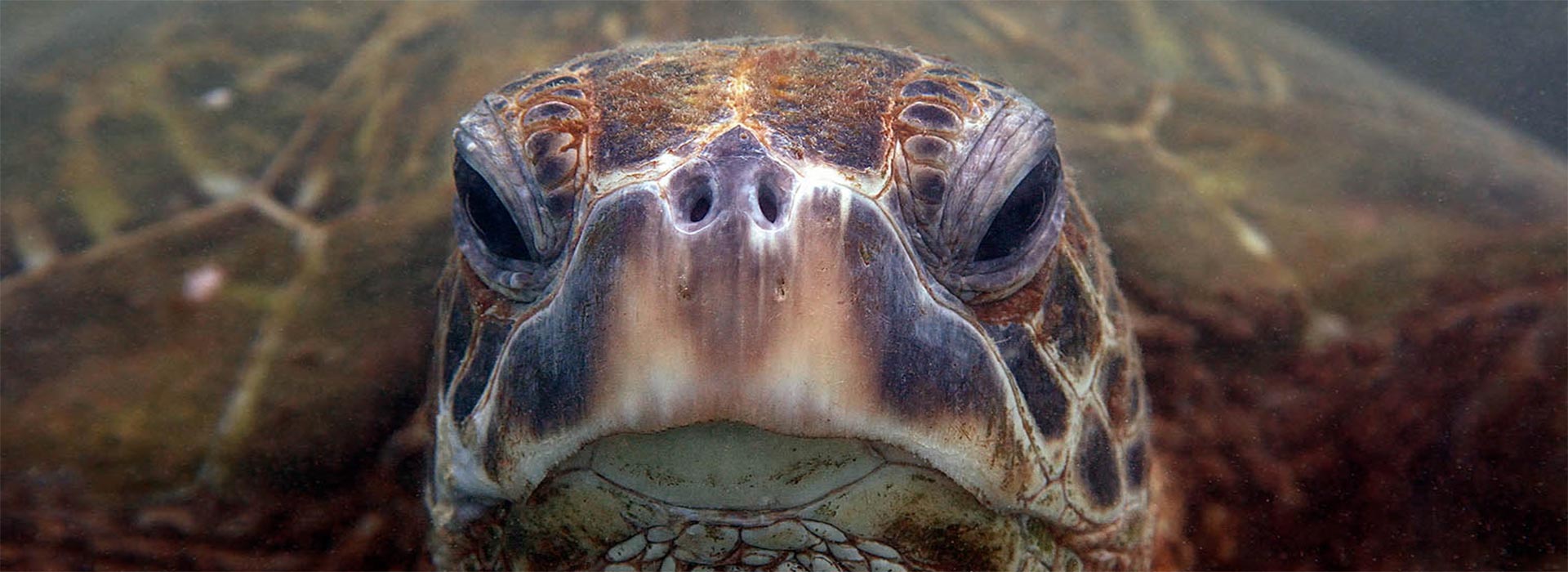


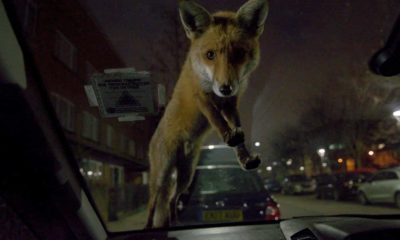

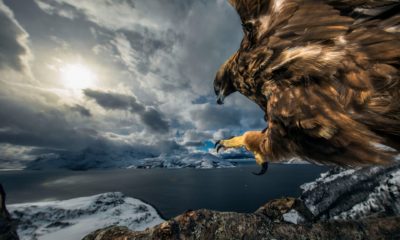

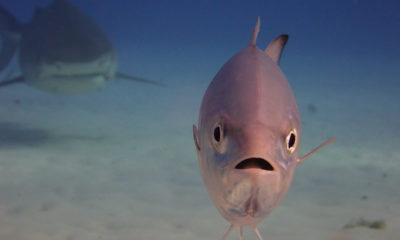

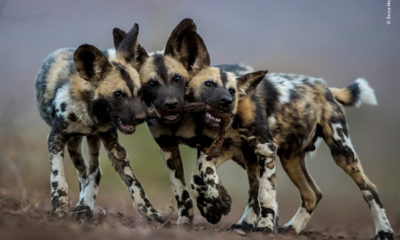

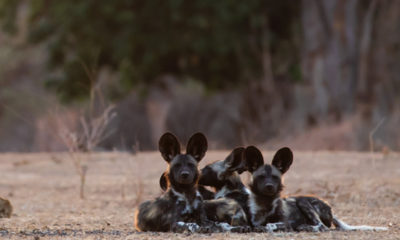












You must be logged in to post a comment Login